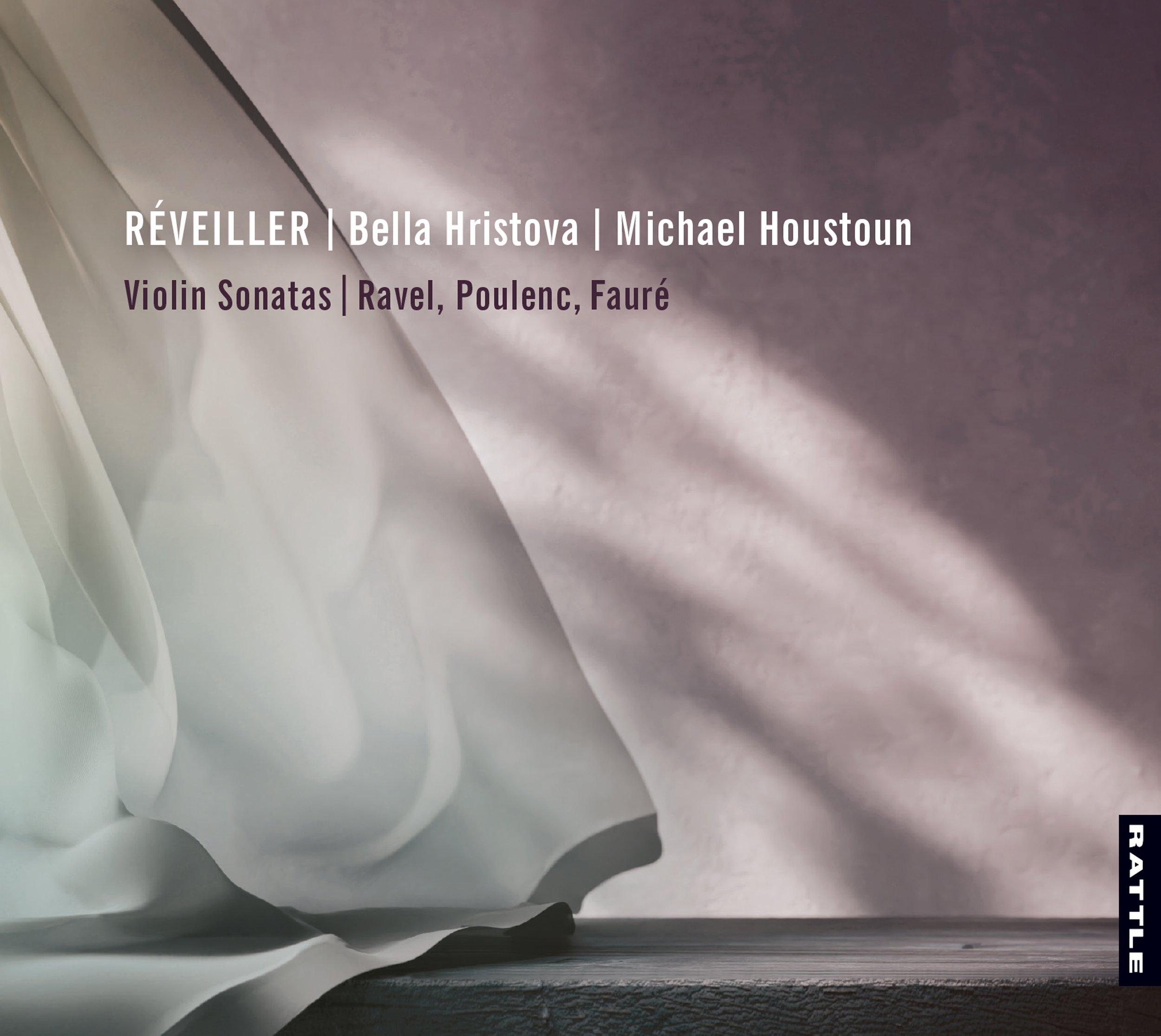Symphony No. 5
Anthony Ritchie
Released: 02 March 2021
Catalogue: RAT-D109
Christchurch-born Anthony Ritchie is a New Zealand composer, academic and educator. He is the son of John Ritchie, a professor who taught composition and orchestration at the University of Canterbury. He took piano lessons from the age of nine, showing early aptitude for improvisation. He began composing while still at school, influenced by the work of Béla Bartók, on whom he completed his Ph.D. in 1987. In 1987 Ritchie was Composer-in-Schools in Christchurch and in 1988–1989 Mozart Fellow at the University of Otago. As a freelance composer his works number over two hundred, including symphonies, operas, concertos, choral works, chamber music, solo works, commissions, as well as works for many performers such as Matthew Marshall, Michael Houstoun and Wilma Smith. In 2018 he became "Professor of Composition" at The University of Otago after 18 years of teaching composition, and in 2020, he accepted the position as head of the Otago School of Performing Arts.
Someone recently asked me how I define a symphony in 2020, and why do I write them. For me, writing a symphony is like painting on a large canvas: it is spacious and allows for a different sort of musical narrative. The way we listen to a long piece of music is very different to listening to a short piece; ideally, we become absorbed in the aural journey, forget the passing of time, and open the possibility of a deeper emotional engagement. There are other aspects of a symphony that I think are significant: its emphasis on organic growth and cyclic events that echo the richly varied sound palette of nature. But essential to it all is the ability to convey meaning and emotion through lengthy musical engagement. This is why I continue to compose symphonies.
My fourth symphony grew out of the disastrous Christchurch earthquakes in 2010-11, and was a reflection on the nature of suffering. Composed between 2016-2018 and first performed by the Christchurch Symphony Orchestra to celebrate the re-opening of the earthquake-stricken Christchurch Town Hall, Symphony No. 5 “Childhood” is, by contrast, an optimistic work. Using childhood as a metaphor for renewed hope and optimism for the future, particularly in light of the Covid pandemic engulfing the world, the symphony is divided into five movements: ‘Beginnings’, Play’, ‘Hopes and Dreams’, ‘Life-force’ and ‘A future’.
The first movement evokes the first years of life, adopting the sound world of a music box. The first sound we hear is the ratchet, as the music box is wound up. The naivety of the main theme is contrasted by more adult thoughts in the second theme, played on solo oboe. An energetic middle section presents new ideas before fading back into the music box theme. The second movement is a scherzo titled ‘Play’ and evokes a child’s world of make-believe and acting out of stories. The word ‘play’ has many meanings: we play music, we perform plays, we just play. The music is rumbustious and changeable in rhythm, although the quiet second theme is more settled and folk music-like in character.
The third movement reflects on challenges faced in childhood and the fragility of our lives. A plaintive opening idea for woodwind is followed by a lyrical, expressive melody on horn, then violins. The delicate sounds of the glockenspiel and harp, prominent in the 1st movement, return again in the middle and gradually grow to a climax, before a quiet ending. The 4th and 5th movements are joined without a break as momentum is built to a rousing climax. This is uncomplicated, energetic and happy music, with motivic ideas intertwining together. It is inspired by the joy of seeing young people growing up and developing their potential, even in the face of considerable challenges.
The gentle music box theme from movement 1 is transformed at the start of the 5th movement into a blazing brass chorale. An open-air theme follows on the strings which is then played in counterpoint against the chorale melody. After the climax of the movement the music box theme returns, and we hear the sounds of childhood, kitchen pots included! It is a sonic signifier of childish imagination and pleasure at making music. We take our childhood with us through life.
Thanks to the University of Otago for supporting this project, the Christchurch Symphony Orchestra for performing the piece so beautifully, Ken for his excellent conducting and production skills, Graham, Sean and Steve for their wonderful ears, Robyn for the use of her beautiful watercolours, Gretchen for supporting the project, and the Visby International Composers Centre, Gotland, Sweden, for giving me the opportunity as Composer-in-Residence to compose a substantial amount of this symphony.
Anthony Ritchie, February 2021



















